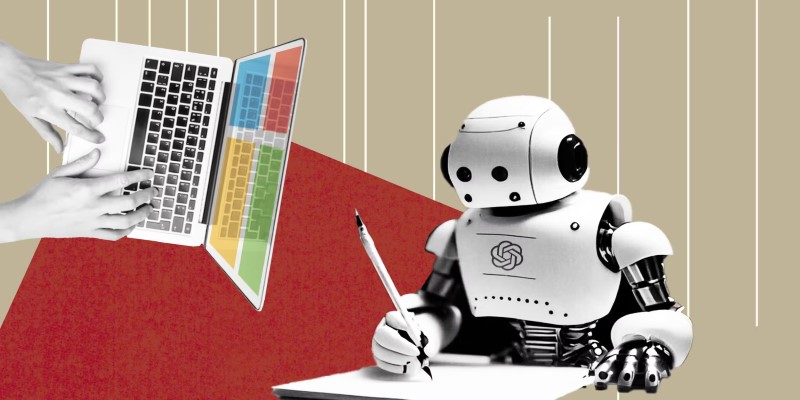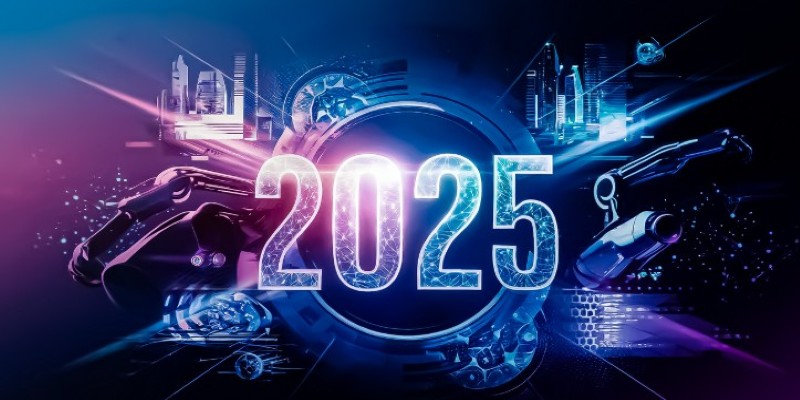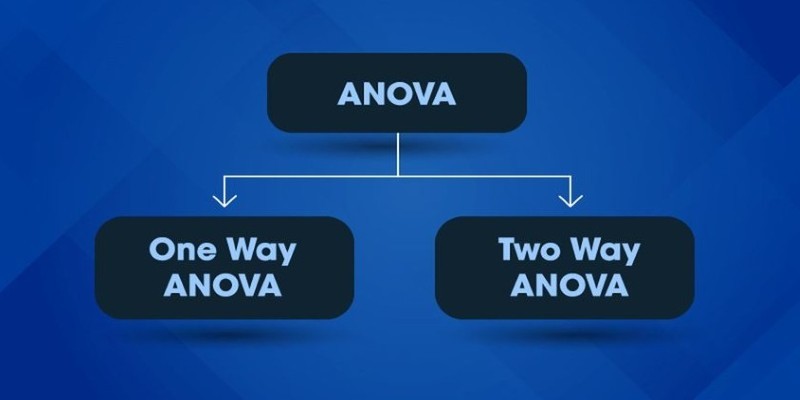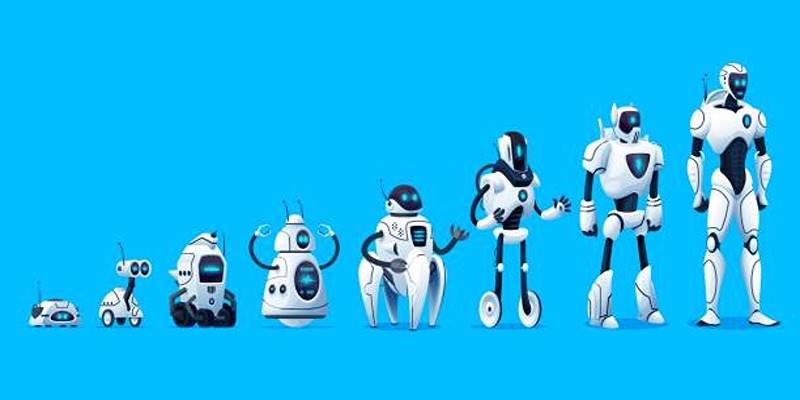The world of gadgets is changing, and it’s doing so quietly. Gone are the days when devices just followed commands. Now, they anticipate, learn, and adapt. The shift toward smart living is driven by AI—not as something futuristic, but as something you’ll likely hold in your hand or see sitting on your desk this year. Here’s a closer look at some of the AI-powered devices shaping 2025.
Top 9 AI Devices to Use in 2025
- Humane AI Pin
No screen. No app grid. Just a small pin you wear, and it listens, thinks, and projects. Humane’s AI Pin isn’t trying to replace your smartphone; it’s trying to reduce your dependency on it. You talk to it, and it responds naturally. It can translate languages, give real-time answers, and even project information onto your hand or surface nearby. It’s not for everyone—but it is designed for people who want to look up less and tune in more. The idea is simple: get your tech to blend into your day instead of pulling you out of it.
Rabbit R1
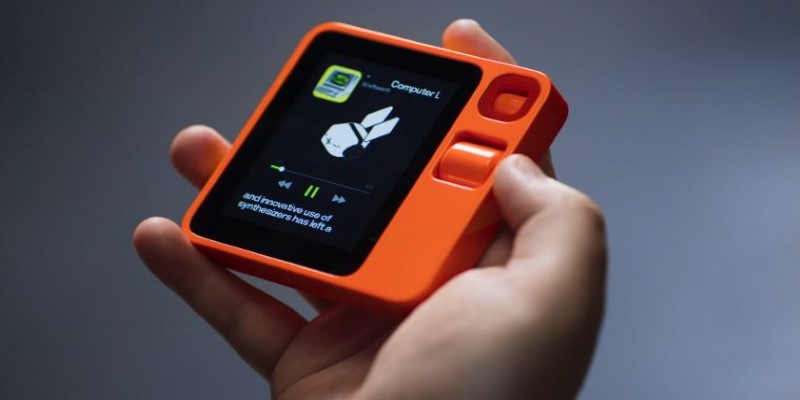
Bright, compact, and a little playful in its look, the Rabbit R1 is built for users who want to get things done without bouncing between apps. This pocket-sized device doesn't just open apps—it learns how you use them and then carries out tasks across them. Booking a ride, ordering groceries, or playing your favorite playlist—just speak, and it figures it out. The interface is intentionally minimal because it's the AI that does the heavy lifting. The device leans into the idea that tech should do more without demanding more attention.
Meta Ray-Ban Smart Glasses (2025 Edition)
These aren’t bulky goggles. They look like everyday Ray-Bans—but this time, they’re smarter. The 2025 model comes with better voice control, smoother camera integration, and real-time AI support. Ask it what you’re looking at, and it’ll tell you. Capture photos with a blink or stream video hands-free. It’s about mixing style with silent tech. You’re not holding a phone to your face or strapping on a headset—you’re just wearing sunglasses that happen to think a little.
Samsung Ballie
Think of a tennis ball that rolls around your house, understands your voice, and keeps tabs on your space. That’s Ballie. It’s a home companion more than a robot. Need to adjust lighting? Done. Want to send a message or set a reminder? Ballie’s already on it. It can recognize family members, avoid obstacles, and even project visuals on walls. It’s small but not shy—designed to interact in a natural way rather than beep and blink for attention.
Amazon Astro 2
Astro didn’t make a huge splash at first, but its second version is smarter and more useful around the house. This wheeled robot acts as a mobile assistant, checking on rooms, responding to commands, and even connecting with Alexa routines. If you're away, it patrols and streams footage. If you're home, it follows and listens. Its facial recognition is sharper, and the newer AI lets it respond with more personality. Not everyone needs a robot with wheels—but if you’re into smart home tech, Astro fits in well.
Anker Solix F3800 (AI-Optimized Power Station)
Power stations usually don't shout "AI," but the Anker Solix F3800 makes energy management smarter. It learns your patterns—when you charge, what you use, and how much backup you need. Then it adjusts. It can predict outages, prioritize charging to certain devices, and even shift to solar when needed. This is especially useful in areas with frequent blackouts or for people living off-grid. Instead of guessing when to plug in or worrying about energy use, the station makes those decisions in the background.
Lenovo ThinkBook Plus Gen 5 Hybrid

At first glance, it's a two-in-one. But it's more than a tablet slapped on a laptop. The ThinkBook Plus Gen 5 Hybrid lets you use Android on the tablet while Windows runs on the base—at the same time. What makes it click is the AI behind the transitions. It knows when you're switching modes and where you left off and adjusts your setup accordingly. Multitasking gets easier because the device doesn't freeze or fumble during transitions. The design is clean, but the intelligence is what makes it smooth.
LG Smart Mirror with AI Skin Analysis
This mirror isn't here just to reflect. It scans your face daily and tracks skin health over time. It looks at tone, dryness, and wrinkles and gives you tips or product suggestions. Not through pop-ups or annoying prompts—but through a calm, conversational tone. It also stores progress, so you can see what's working. It's not medical-grade, but it brings a level of awareness to your daily routine without needing a separate app or gadget. Just look into it and get a little smarter about your skincare.
Rewind Pendant
Memory is slippery, and Rewind is trying to solve that. This pendant records everything you say and hear during the day and then stores it locally. Later, you can ask questions like, "What did my doctor say last Tuesday?" or “What were the meeting notes from this morning?” It uses AI to find and summarize the answer quickly. The goal isn’t just recall—it’s about offloading the mental load. You’re not digging through recordings or typing notes. You’re just asking and getting the moment back.
Conclusion
AI devices in 2025 aren’t about making noise—they’re about making things smoother without taking over. Most of these gadgets aren’t shouting for attention; they’re there when you need them and quiet when you don’t. Whether it’s a pin that answers questions, a dog-shaped bot that walks itself, or a mirror that gives skincare tips, they each fill a specific role. If anything, these tools are making space—helping people spend more time being present and less time fiddling with screens.
